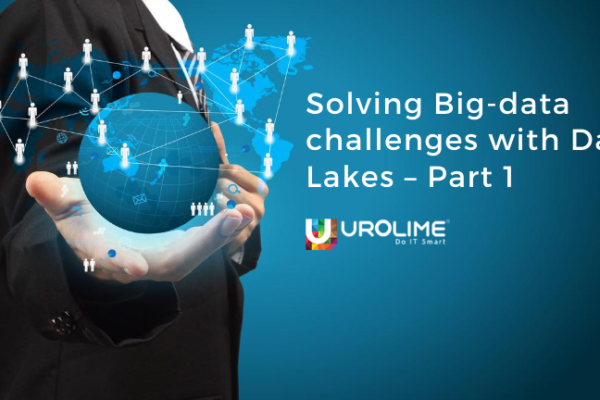The challenges with big data with organizations at the scale of Amazon are data silos, difficulty analyzing diverse datasets, data controllership, data security, and incorporating machine learning (ML). Let’s look into these challenges and see how a data lake can help solve them.
Data Accessibility
With large scale organizations, data is stored in multiple locations, and at times it becomes difficult to both access and link those for analysis.
With multiple databases it requires access management support to all the different locations, as well as audits and controls must be in place for each database to ensure that multiple users handling it have the proper access mechanism.
With a data lake, it’s easier to get the right data to the right people at the right time. Instead of managing access for all the different locations in which data is stored, organizations only have to worry about one set of credentials. Data lakes can set controls to the different users and allow only authorized users to see, access, process, and/or modify specific assets. Data lakes help ensure that unauthorized users are blocked from taking actions that would compromise data confidentiality and security.
Data Interoperability
With a data lake, data is stored in an open format, which makes it easier to work with different analytic services. Open format also makes it more likely for the data to be compatible with a wide range of tools. Data lakes help the different roles in your organization, like data scientists, data engineers, application developers, and business analysts to access data with their choice of analytic tools and frameworks.
Accelerate Machine Learning
A data lake sets a powerful foundation for ML and AI. As we know ML and AI thrive on large, diverse datasets and uses statistical algorithms that learn from existing data, a process called training and inference to make decisions about new data. Training is the part where the system understands the patterns and relationships in the data that are identified to build a model. The more data available for the system, it is better to train the ML models and thereby improved accuracy.
AWS Lake Formation
Amazon created the Galaxy Lake to overcome the challenges it faced with Big Data and the architecture was built from scratch. It took months for Amazon to develop this and in August 2019, AWS released a new service called AWS Lake Formation. The core feature of Lake Formation is to collect and catalog data from databases and object storage, move the data into your new Amazon S3 data lake, clean and classify your data using machine learning algorithms, and secure access to your sensitive data.
Summary
With open standards-based data formats and unified data storage, data lakes allow organizations to break down data silos. Data lakes use a variety of analytics services to retrieve insights from your data, and cost-effectively grow the storage and data processing needs over time. For any organization which requires breaking down data silos, performing advanced data analysis, increasing data accessibility, and accelerating machine learning, Data Lake is the way forward.
![]()




